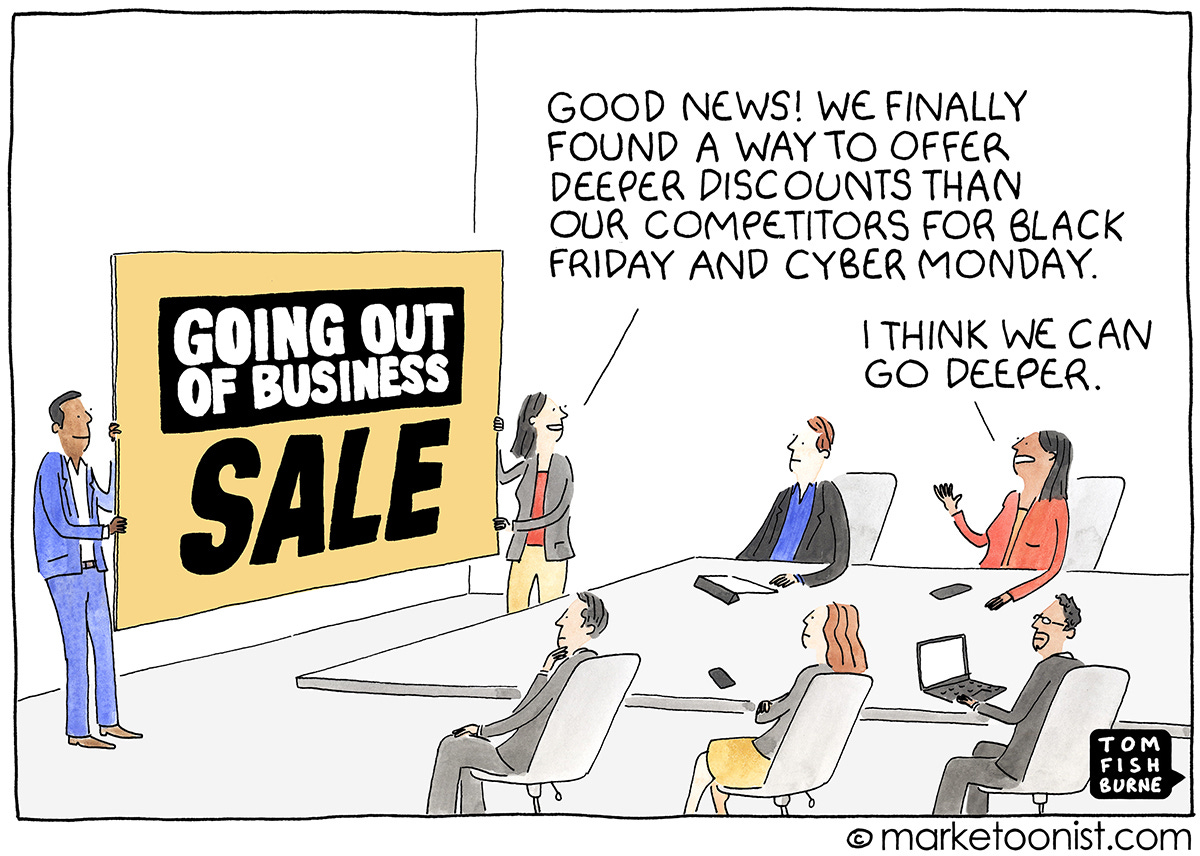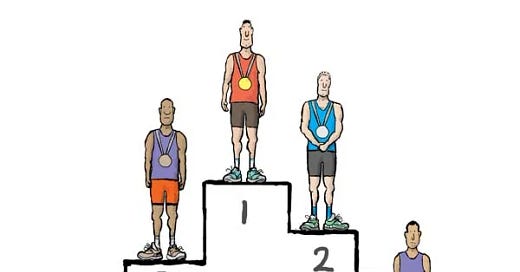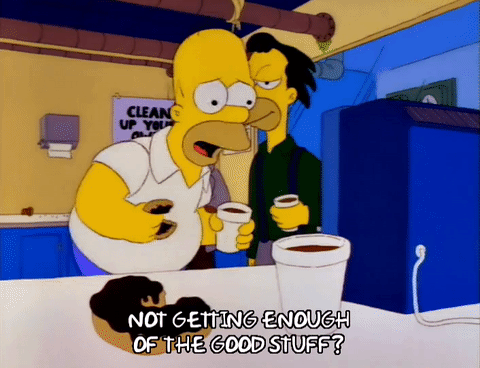Competitors, market & user research
Issue 4🪜: Cracking this will get your 1/3 work done. Niche down everything with a simple framework 🎯.
Hey everyone👋, welcome to the 11th newsletter.
When you first start building something you’re more excited to build it & get users. But the fact is getting the first few users is hard. I realized it after failing my very first product.
I’ve talked to several VC’s & investors, pitched my projects and while talking to them they asked me these questions:
Do you have competitors?
How are you different from them?
Is your product market fit?
Who are your initial users & how are you planning to expand it?
These are the most common questions & they can hit a buzz in your mind if you’re not able to explain it to them or anyone (even yourself).
Previously, I use to mentally calculate competitors, market & users but never actually implemented it with the product. As I surround myself with people who are more successful or investors & with my own experience, I realize that’s the part that I’m not satisfied with yet.
👩🏻💻 Competitors Research
Last week I talked about Clubhouse & how it gained hype & what founders should learn from it, what’s crazy to see is that how many competitors it has build-up (& that can be scary for a founder sometimes).
If you find yourself running when you should be fighting, you need to ask yourself, “If our company isn’t good enough to win, then do we need to exist at all?”

Competitors do leave you with some questions:
☝️ If you’re so much better than them then why aren’t you dominating the market?
✌️ If there is a need for a particular feature, why didn’t your competitors work on it?
🖖 The most important - why would their users leave them for you?
Now the question is how to find them?
Search on Google with the keywords.
Ask potential users for what they use for “the” solution.
Carry out a survey.
What is the reason for which people use your product? Once you know the reason people use your product for it’s easy to find alternatives.
Once you’ve found a list of 4-5 competitors, do research about their brand & features. You need to know how they are solving the user’s problem.
Next, when you define your competitors don’t say:
❌ You are doing much better than them (this is completely a vague statement).
❌ You are addressing your market better than them.
❌ They use to do X, now they do Y.
❌ Your product has modern & better functionality than them.
❌ Don’t ever say you don’t have a competitor because you always them one or the other way.
Initially, I use to say this about my competitors but it doesn’t make sense anymore. My whole approach for building products, getting users has changed & looking at the market has changed.
Don’t be obsessed with your competitors.
Being obsessed with your competitors won’t help you solve your user’s problems, instead, they will run away from your product.
I use to say to myself that once I’ve done my competitor’s research there’s no way I’ll look back at them. But this is partially wrong. Your competitors teach you a lot - if they’ve failed something that means
either user don’t want that or
they took the wrong approach.
If they are successful in something, then
They are able to solve users’ problems and
you’ll learn how you can implement it on your product.
If your competitors are doing better, it’s normal to feel like you’re lacking behind. But you can constructively take their approach & learn from them (eventually they are doing the same).
Be mindful of your competitors, don’t be completely dependent on them.

📝 Market Research
You don’t want to know after building the product that there are very few people who use it or there’s no good market for your product. So, it’s better to be aware of it.
Here’s a perfect 🧵

How to know if you’re product is a market fit?
Do a survey, get good quality of feedbacks.
Ask your users if they will pay to use your product or even let your initial users pay now.
When more & more people are using your product even when your product is in MVP or not fully functional.
If you’re already testing your product, see how many people are actively using it (in a period of 6 months) or create a referral program & see how many new referrals you’ve got. Don’t let the curve flattens or decrease.
Organic growth is the key indicator of market fit product. If people love your product, they will be recommending it to others.
“You can always feel product/market fit when it's happening. The customers are buying the product just as fast as you can make it -- or usage is growing just as fast as you can add more servers. - Marc Andreessen
🕵️♀️ User Research
It’s a matter of fact that founders often skip this process.
This is really important, and I mean it, and one of the reasons why WorkMap (my last project) didn’t work.
When you know who you’re targeting too, it’s easy to create a workflow of how you’ll reach them. Here’s the user research framework I’ve created for myself:
Know what you’re creating - I’m building a product that will help people create & visualize their learning path in form of a playlist with embedded items from the internet.
For whom I’m creating - People who are learning online.
Niche down to specific category - There are different types of learners such as students, creators, employees, founders, etc. Now you know the market is vast & to target all of them I’ll need to keep a different mindset which can conflict with the messaging.
Decide which one will you target as your initial users - Out of all the learners say I’m targeting creators (they are my users). Now, my message would be loud & clear that these are the people who will use my product. Go as specific as you can.
These people will help me give better feedback & insights on how to make my product better.
Once I’m done with specifying my target audience, it’s easy to
find them
attract a lot of them - word-of-month will work a lot here
build a community
create a marketing or promotional strategy around it
👋 That’s it for this week, see you next time.
👋 PS: I’m Ritika founder, product marketer and advisor for early-stage startups, find more here or connect with her here. If you’re a first-time founder looking for curated resources, download here. If you enjoyed this post, read the past issues here. You can also promote your product in this newsletter.
A big thanks for reading & sharing!







